7 Must Have Veggies For A Salad Garden
Previous PostFresh salads are a great way to get vitamins, fibre and hydration all in one bowl. But just ordering from Subway might not be the best way to go about it.
Looking for a light lunch after a night of partying? Or looking for a side dish for your meal or a hearty bowl with grains and proteins, fresh salads offer both taste, crunch and health. They help improve digestion, boost immunity and support weight management. And let’s face it, a well tossed salad with fresh ingredients is nothing short of a delight. But for all their health benefits, store-bought salad ingredients can lose freshness fast or contain chemicals. That’s why more people including our home gardeners are turning to growing their own salad gardens at home.
Reasons to Grow Your Own Salad and Microgreens

Growing salads and microgreens at home is easier than you might think. All you need is just a few containers, well-draining fertile soil and sunlight. Let’s look at some quick reason why growing your own salad ingredients makes sense:
- Freshness and Flavour – You can pick your own homegrown greens just before you eat them, which means better taste and more nutrients.
- Chemical-Free – You control what goes into your soil and water, so your food stays free from harmful pesticides and fertilisers.
- Cost-Effective – A few seeds can give you weeks’ worth of greens,Indian and exotic ones like cherry tomatoes, lettuce, zucchini etc., reducing those pesky grocery bills.
- Quick to Grow – Many salad greens like mustard greens, baby spinach grow in just 3–4 weeks and can be harvested multiple times.
- No Large Space Needed – Even a sunny balcony or windowsill can support a salad garden.
7 Easy Salad Ingredients You Can Grow at Home
1. Lettuce

Lettuce is the base of most salads and grows well in pots or raised beds. Choose loose-leaf varieties like Lollo Rosso or Grand Rapids, which are quick to grow and allow multiple harvests.
2. Cherry Tomatoes

These sweet, juicy fruits are a salad favourite. Grow them in deep containers with support for climbing. They love full sunlight and regular watering. And we have two varieties available for them: the classic red and golden yellow.
3. Zucchini

Zucchini adds crunch and mild flavour to salads. While Zucchini plants need more space than other salad plants, they grow quickly and yield generously. Baby zucchinis and their edible flowers are great salad additions.
4. Baby Spinach or Asian Mustard Greens

Tender baby spinach or spicy greens like Mizuna and Komatsuna grow well in cooler months and can be planted starting September. These greens are rich in iron and antioxidants. They’re perfect for adding depth and texture to salads.
5. Mint

Mint adds a refreshing twist to any salad. It’s easy to grow in pots but spreads fast, so keep it contained. Mint leaves pair well with fruits, cucumbers, and yoghurt-based dressings. If you’re bored of mint, you can also try your hand at growing Basil, Lemon Balm or Borage for more layered flavour notes in your salad.
6. Coriander (Cilantro)

Coriander adds aroma and sharp flavour. It thrives in moderate climates and grows well in small pots. Use both the leaves and tender stems in salads for maximum flavour. Coriander goes well with Indian, Southeast Asia, Mediterranean and Mexican cuisines.
7. Cucumber

Cucumbers are not just the humble side salad you eat with your daal and sabzi. It can also play the role of the main ingredient of a salad when crunch is your goal. Crisp and cooling, cucumbers are easy to grow vertically with trellises. They do best in warm weather and moist soil. Harvest them when young for best taste.
In addition to these seven, growing your own microgreens like radish, fenugreek, broccoli or sunflower shoots, will boost the nutrition of your salads many times over. Microgreens are packed with nutrients and grow in just 7–10 days in trays with minimal effort.
Easy Protein Salad Recipe

Here’s a quick and simple protein-rich salad using your homegrown produce. You can switch between the vegetarian and non-vegetarian versions depending on your diet.
Ingredients (for two servings):
- 1 cup homegrown lettuce leaves
- 1/2 cup cherry tomatoes, halved
- 1/2 cucumber, sliced
- A handful of baby spinach or Mizuna leaves
- 1/4 cup chopped mint and coriander
- 1/4 cup steamed zucchini slices
- 1/4 cup microgreens of your choice
- 1 tablespoon olive oil
- 1 teaspoon lemon juice
- Salt and pepper to taste
- Protein options: Vegetarian: 1/2 cup boiled chickpeas or paneer cubes or Non-vegetarian: 1 boiled egg or 1/2 cup grilled chicken pieces
Instructions:
In a large bowl, mix all the vegetables and greens. Add your choice of protein. Drizzle with olive oil and lemon juice. Add salt and pepper, toss well and serve fresh.
Growing your own salad garden at home is kind of addictive and leads to big health gains. Because the more fresh greens you harvest, the healthier you will eat. Growing salads is simple, satisfying, and ensures that each meal of yours is fresh and nourishing. Whether you have a backyard, balcony or sunny kitchen window, there’s space for greens to grow.
Happy Gardening!






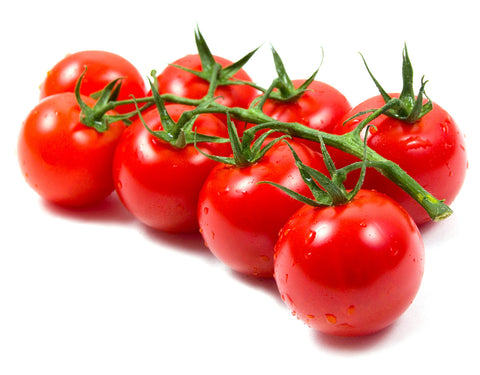

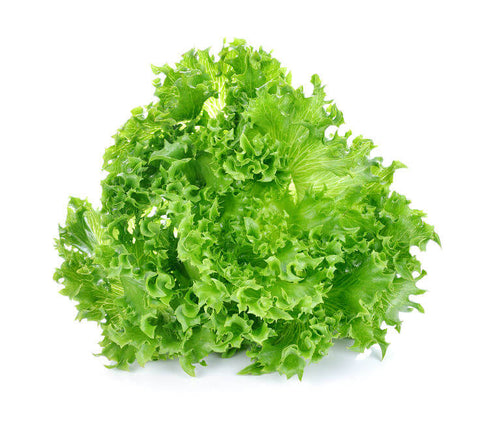
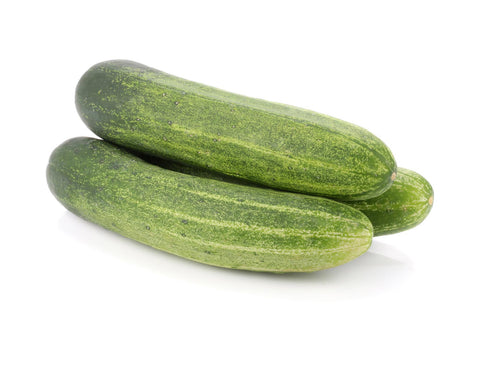




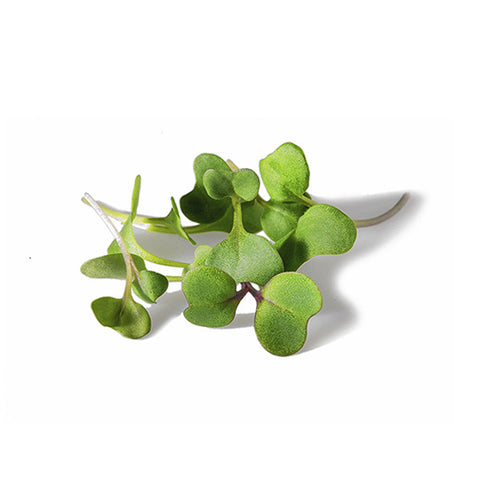
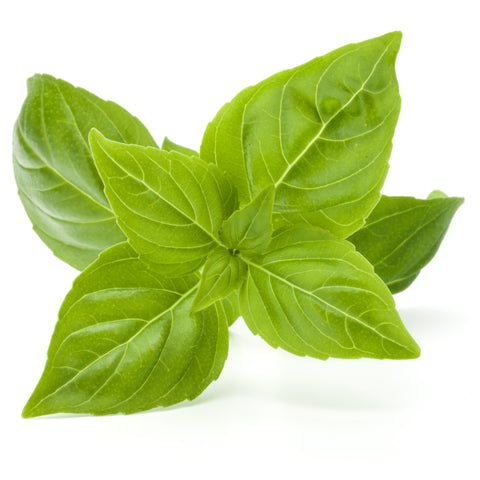
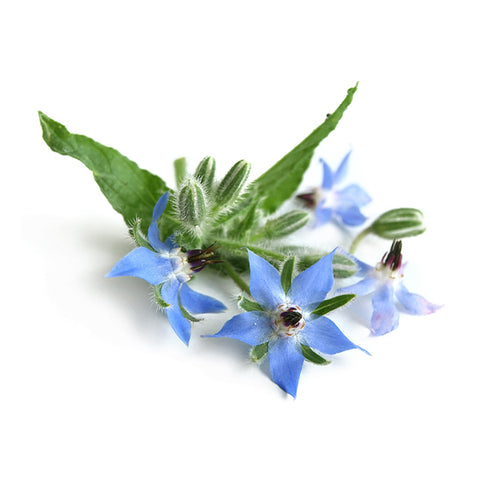
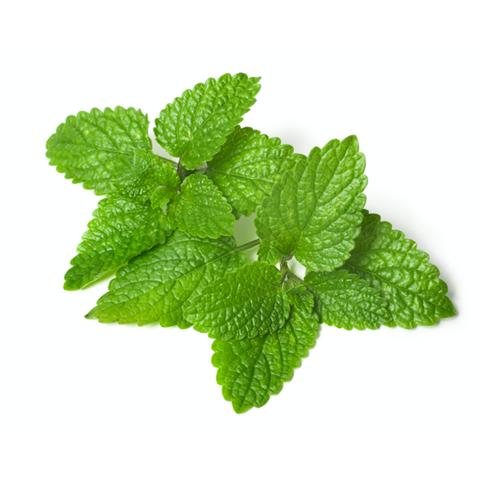
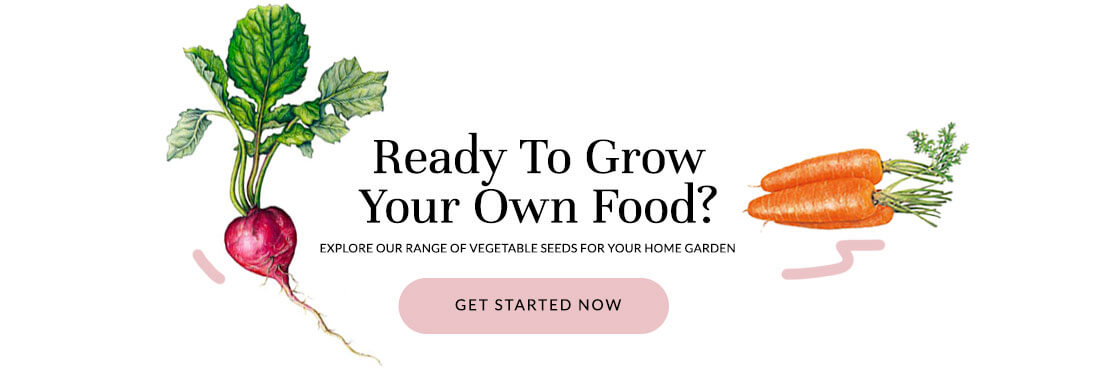

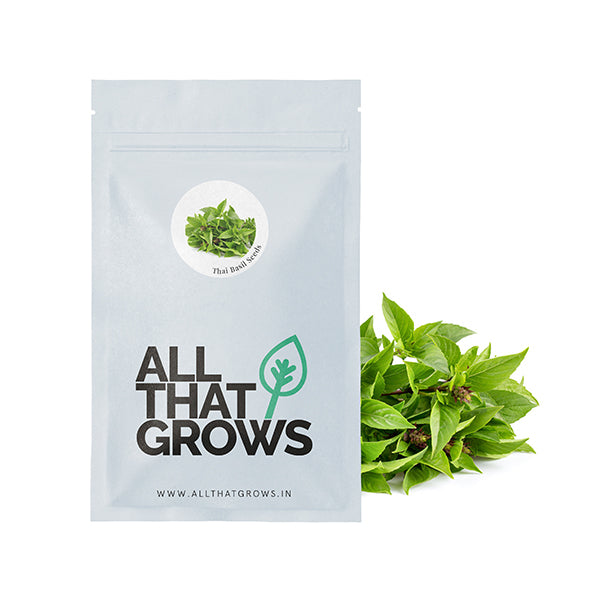
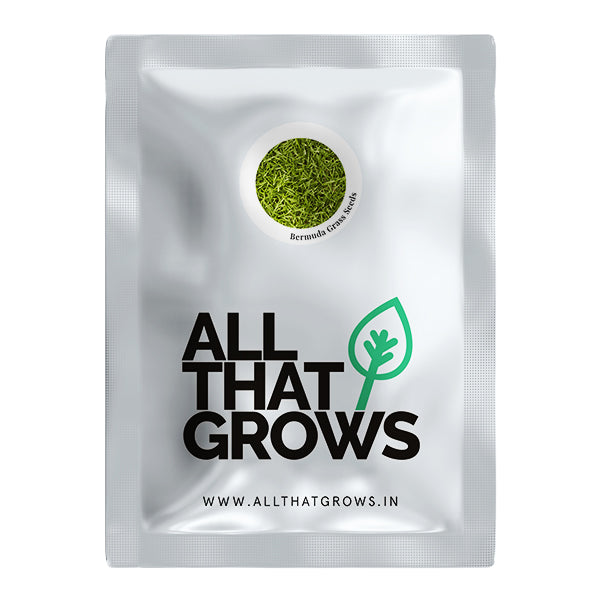
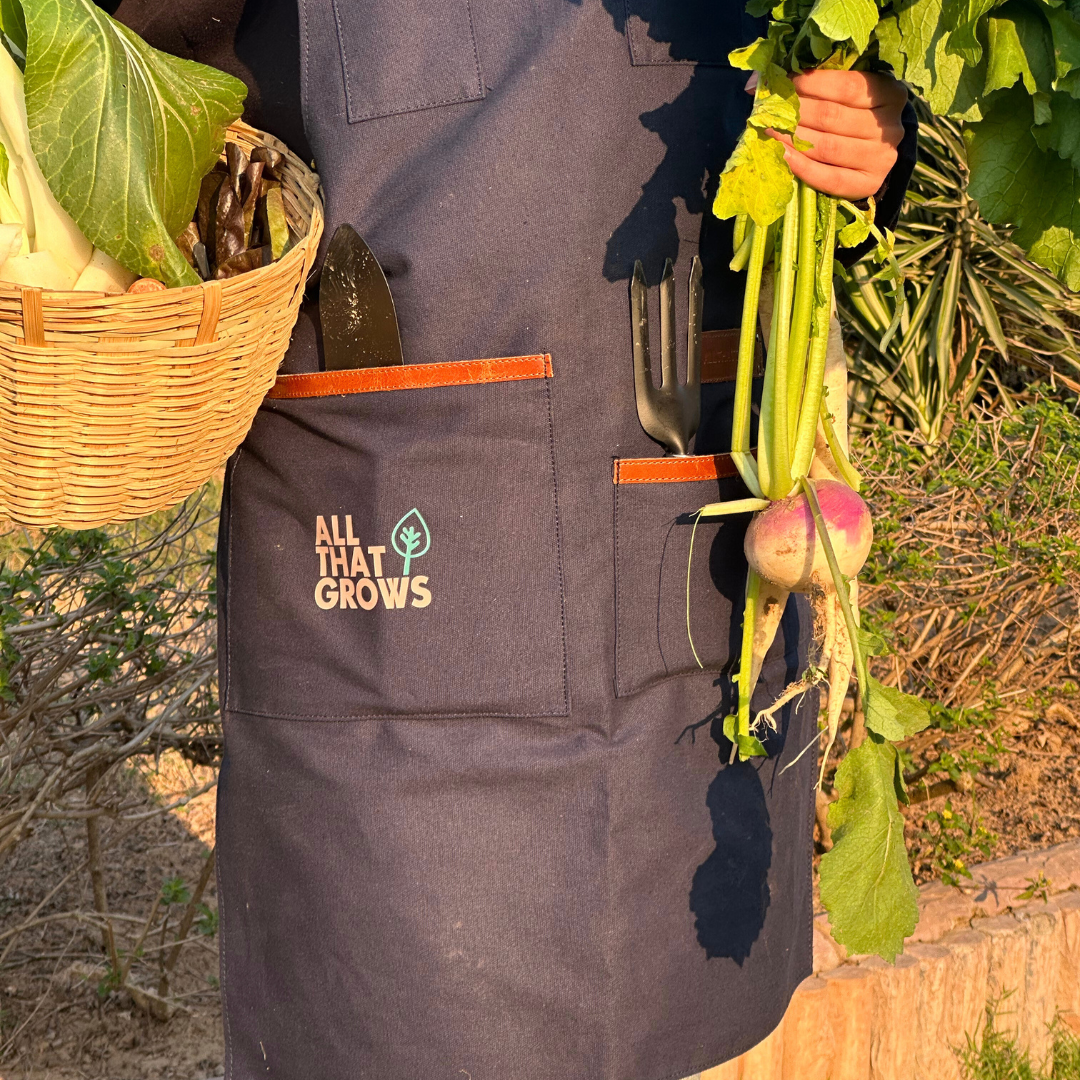

Leave a comment